Textile artist Ashita Singhal, a weaver, textile artist, and social entrepreneur, believes in working with limited resources and local materials. Via her design studio Paiwand she challenges the conventional norms of textile design.
As designers, we need to respond to the human needs of our time, and help people solve those problems. The biggest problem of our time is climate change. We all need to rethink our consumption, needs, and lifestyles.

My work should be seen in the context of Anni Albers’ work. While my work is different because of the time that separate us, I still see striking similarities, in a way, how women were seen in the society of Germany at that time and how we define women in present day India. The conditions are quite similar. Women in Germany in the 1920s were not thought worthy enough to work in disciplines like furniture or product design. In the case of Albers, she had to switch to textile design, which was thought of as an appropriate fit for a woman. However, she made it possible and established her work with such might that her name resonates in the mind whenever we talk about the early academic designers.
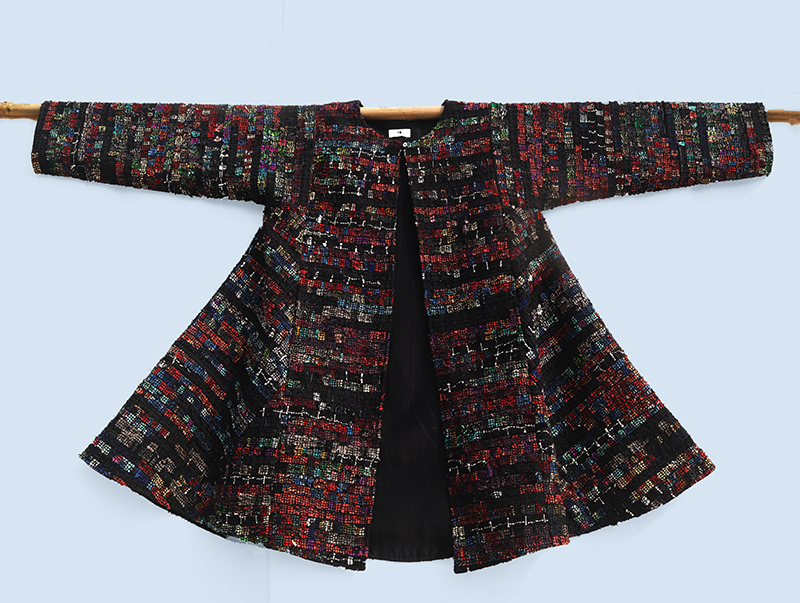
Similarly, I have had my share of challenges while choosing textiles as a major. People would not understand what I was doing with leftover fabric and how I was going to work and establish a business out of it. For most of them, it was a demeaning job. I had to go through a lot of mockery and criticism to be where I am and grow further.
Albers was credited for blurring the lines between traditional craft and art. Unknowingly or knowingly, I have also done the same while working with traditional weavers of India. We have not just created textiles but textile art. Albers did not see limitations while working under constraints. For me, not having any formal education in weaving turned out to be my biggest strength as I consider loom as a canvas rather than equipment for just weaving fabric.

Albers’ journey motivates me to think differently, beyond the conventions and see handloom weaving as a medium to promote arts, textiles and sustainability. She was an artist that changed weaving and a weaver who changed art.
I haven’t studied art professionally. There was a time when I used to fear colour. My initial work was purely black and white. It felt safe. So I started there and, eventually, I even started seeing colour in black and white. I think I have metamorphosed, in that now I can easily work with colour. Design education has helped me simplify things rather than complicate it. I love working in grids and geometry. I love breaking the grids. There is a certain sense of imperfection in my work. The interaction of organic with geometry and nature with architecture fascinates me.
When I conceptualise or compose yardages I also take inspiration from artists like Van Gogh, Claude Monet, Mark Rothko, Piet Mondrian, and S. H. Raza. Hence, there is a huge impact of art on my work. I want to create pieces which have aesthetics of their own. They must speak volumes about the inspiration behind them, along with an unforgettable final outcome.
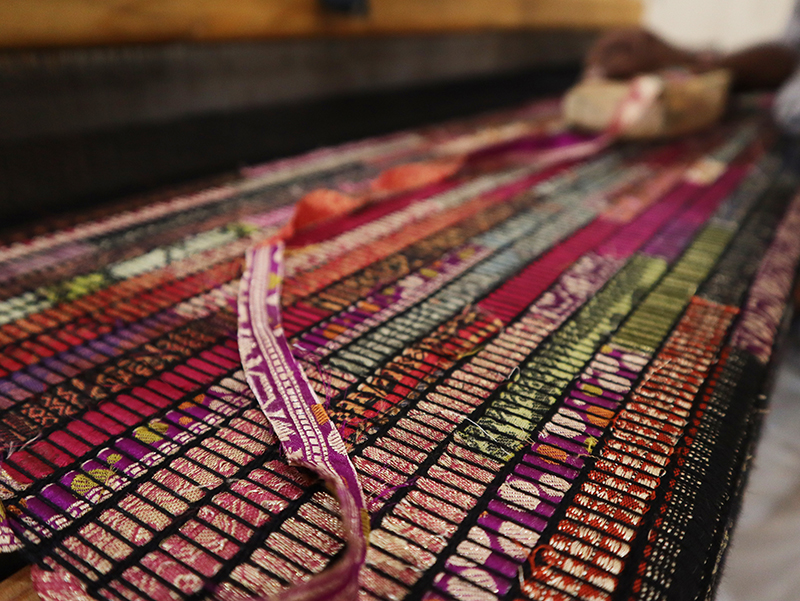
The final outcome, the tactility, and visibility of colour and texture break from the conventional weaving norms. Though we are dependent on warp and weft, in a way we try to build an aesthetic, which is profound in its relation to the compositions.
Each time we collaborate with a new designer, we have to think in terms of their aesthetics. It makes our work easier to associate each designer with an artist. To understand Amrich’s aesthetics I took Mondrian as an inspiration. For Injiri, I referred to Paul Klee’s work. Bodice’s aesthetics relate to that of Fontana Burri.
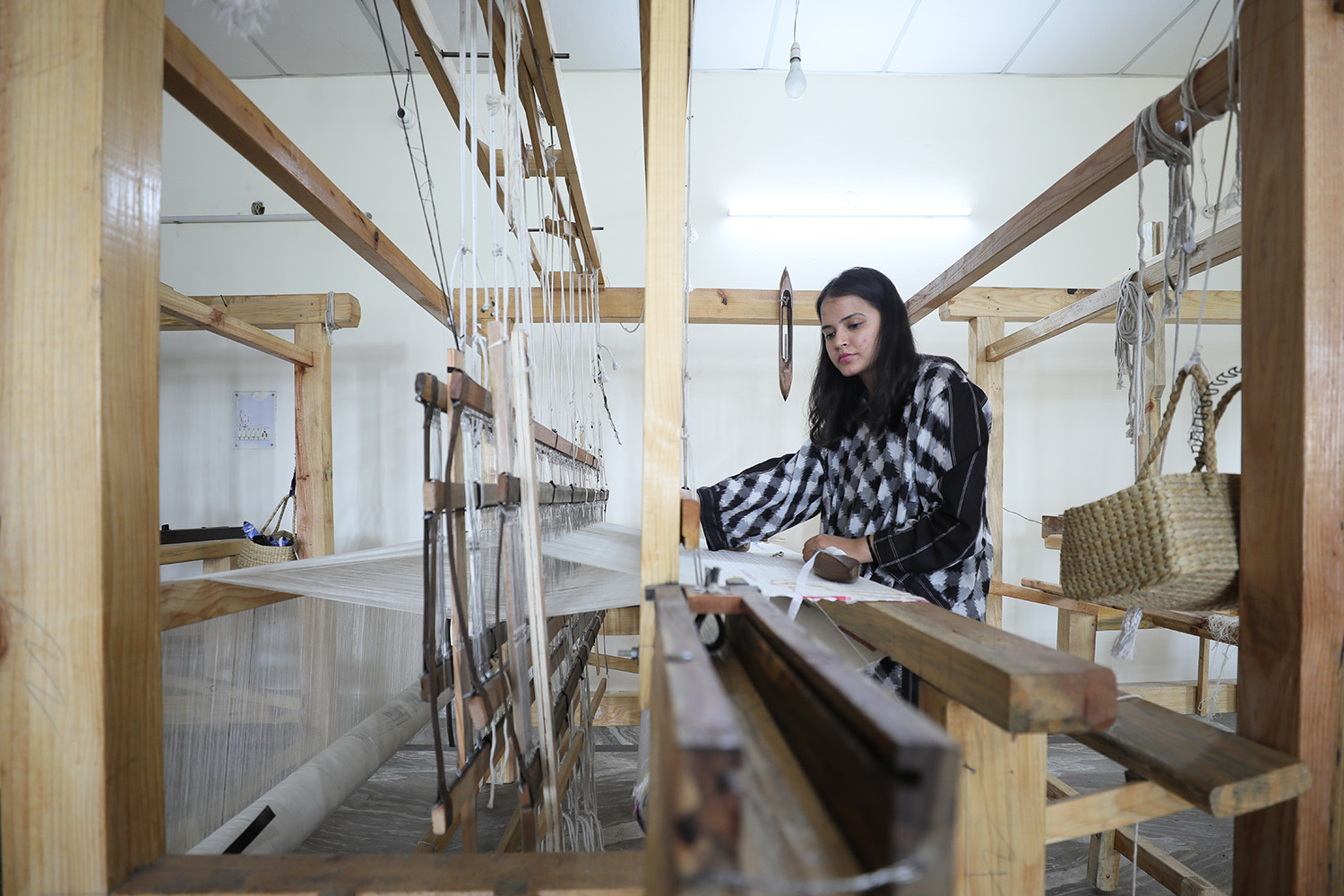
The weavers with Paiwand work more like artists. For them there is a new challenge, surface, and textiles to deal with every time. The process in itself requires a lot of patience and is a meditative contemplation.
Consider what Bruno Munari said in his book Design As Art: “The designer of today re-establishes the long-lost contact between art and the public, between living people and art as a living thing… There should be no such thing as art divorced from life, with beautiful things to look at and hideous things to use. If what we use every day is made with art, and not thrown together by chance or caprice, then we shall have nothing to hide.” This is something I believe in too.
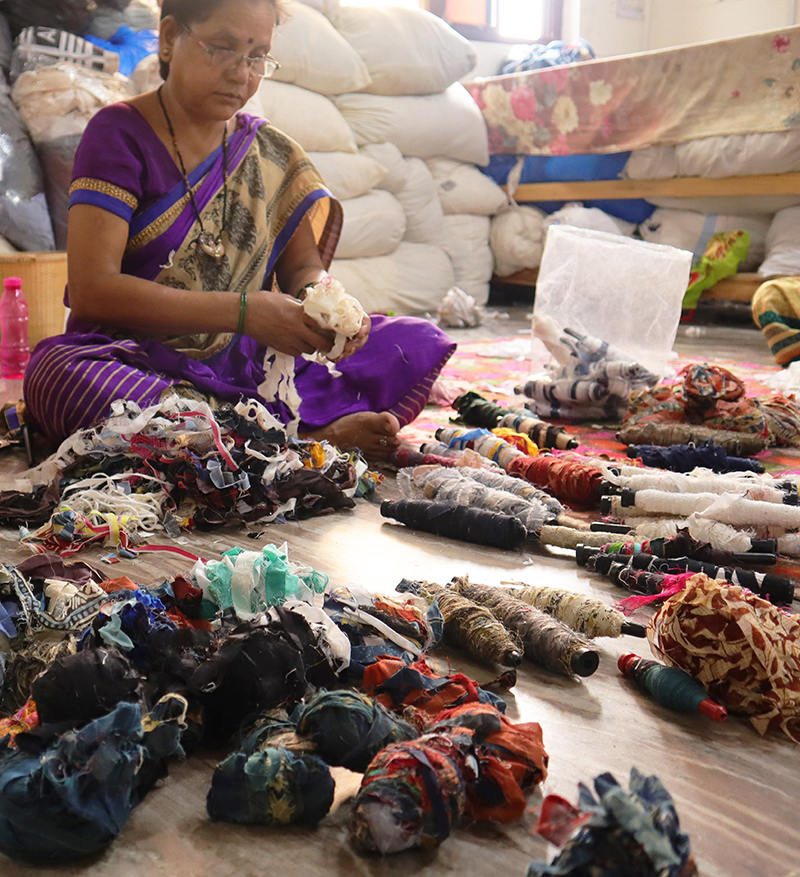
Pre loom preparations.
As designers, we need to respond to the human needs of our time, and help people solve those problems. The biggest problem of our time is climate change. We all need to rethink our consumption, needs, and lifestyles. Through Paiwand we are trying to solve the problem of textile waste and encouraging designers to work in collaborations, though the scale of the problem we are dealing with is humongous and the impact we have been able to make is tiny. With each passing day, we are rethinking waste in different forms and, hence, deciding the textile’s function, and exploring different segments.
The philosophy we follow is to not necessarily buy clothes or textiles because they are sustainable or because they are art. You don’t have to buy something just because it’s sustainable, especially if you’re not in love with it aesthetically. You have to fall in love with a piece; and this helps the product last longer because it is used for a longer time, worn with confidence and treated with love.
Before you go – you might like to browse our Artist Interviews. Interviews of artists and outliers on how to be an artist. Contemporary artists on the source of their creative inspiration.









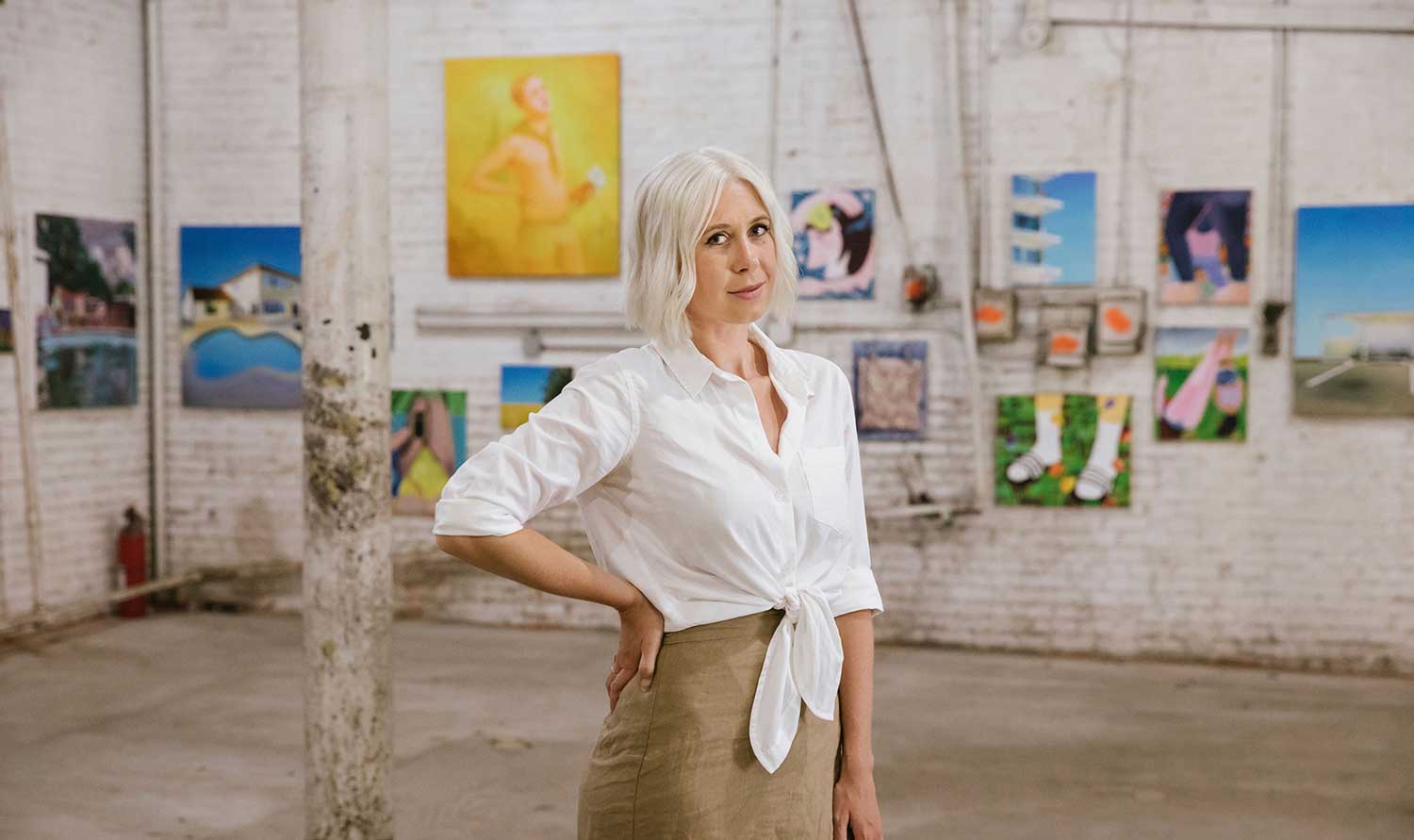

Add Comment